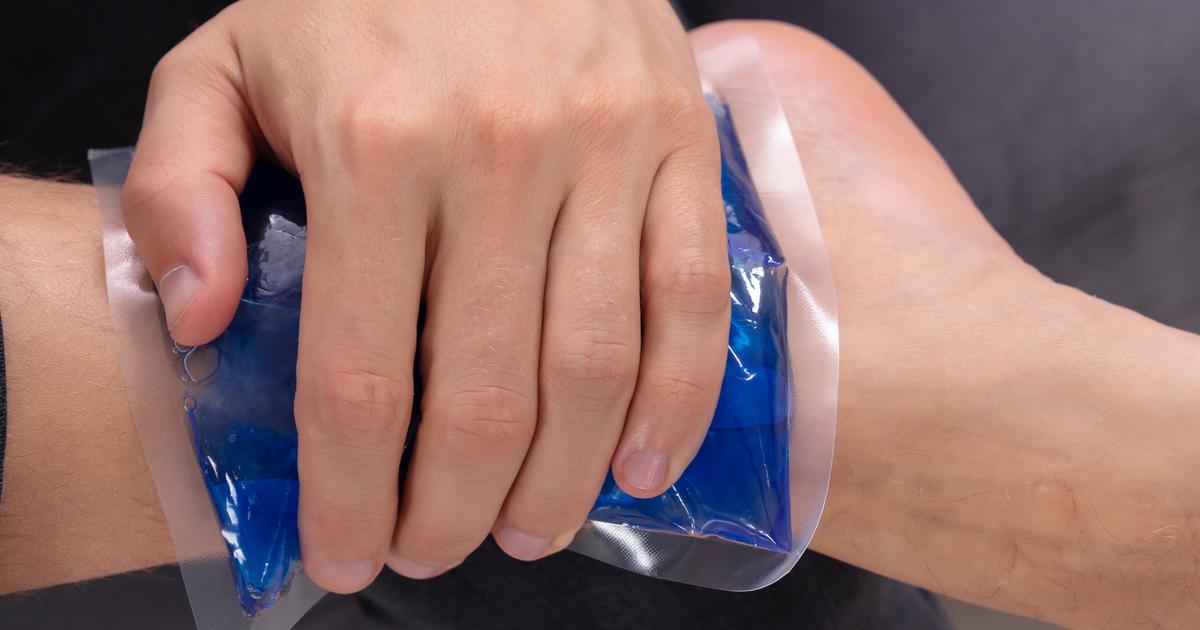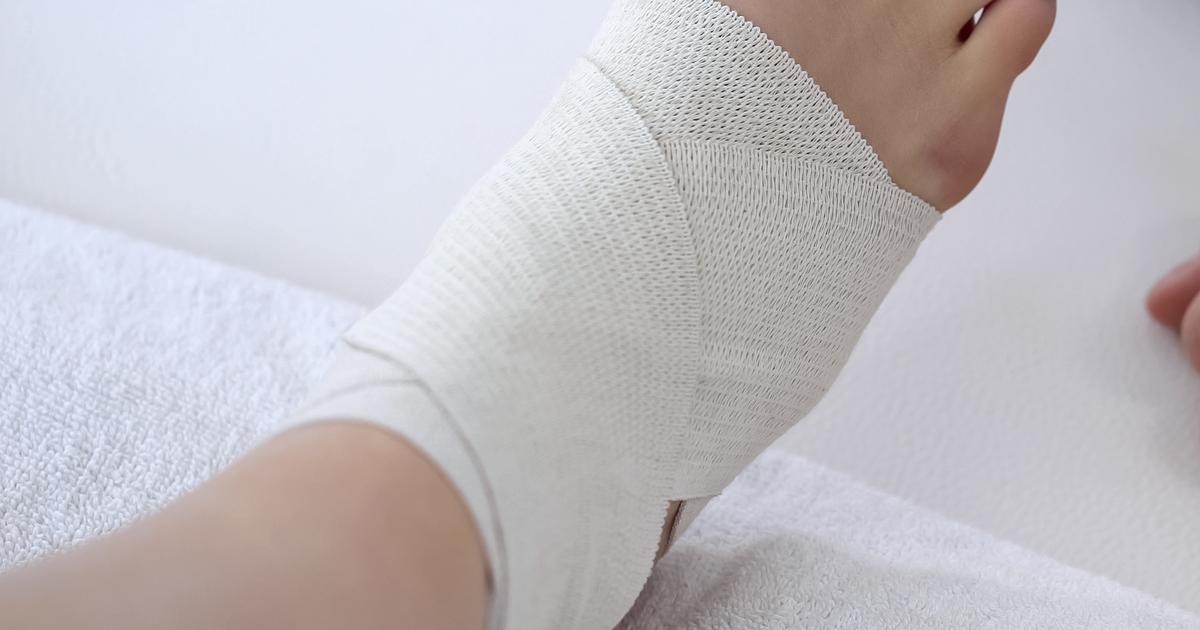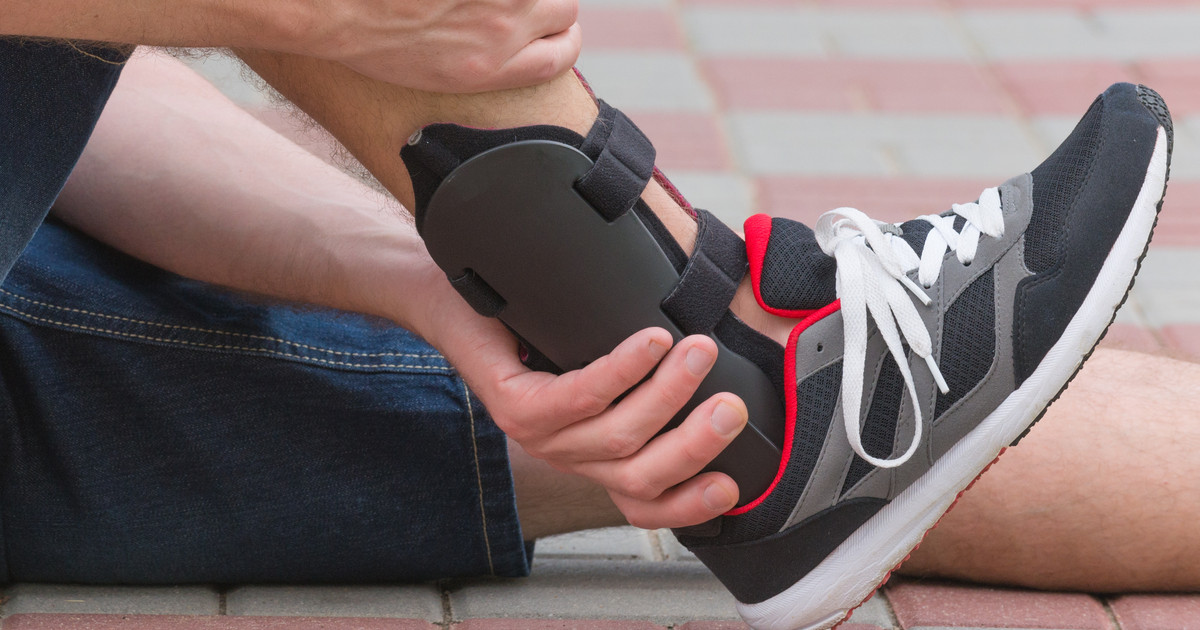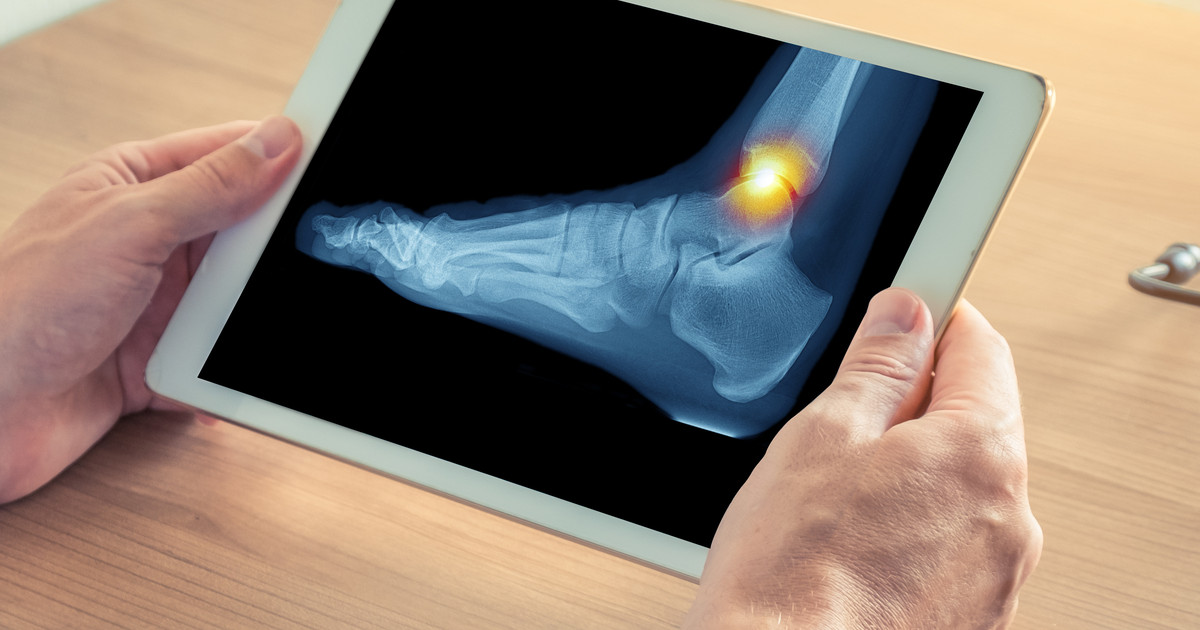How To Effectively Treat Ankle Pain
Ankle pain can refer to any discomfort or pain that affects any portion of the ankle. The ankle is the joint that attaches an individual's foot to their calf. As such, it is home to many important bones, ligaments, and tendons. The most common causes of ankle pain are sprains, which occur when the ligaments connecting the bones become injured. Of course, a broken ankle can be quite painful as well.
Patients can often have successful ankle pain treatment at home. In these cases, they often take over-the-counter medication to achieve ankle pain relief. However, some ankle pain remedies will require a doctor's visit and prescription. This may include ankle surgery or a cast for a broken ankle. Ultimately, patients should first review their treatment options for ankle pain to understand them fully.
Rest and Ice

Rest and ice are the two most common treatments used for non-serious sprains and ankle injuries. These are typically combined with compression and elevation. Patients can remember this treatment method by using the acronym RICE. Rest and ice are simple ways to take care of an ankle and manage the swelling to speed healing. When individuals rest their affected ankle, they should try to keep it elevated above their hip by resting it on a pillow or other raised surface. This helps keep blood circulating and prevents fluid from pooling in their feet. Patients should try to stay off the foot as much as possible, which means laying or sitting down when they can, and then using crutches when they have to get up. Continuing to walk around on an injured ankle can make the injury worse and slow their overall healing time.
Uncover the next method of treating ankle pain now.
Compress The Affected Ankle

The C in RICE, as mentioned, stands for compression. Individuals with ankle pain should compress the affected ankle to help keep the swelling down and manage the injury. Individuals can buy compression bandages at the average drugstore for this specific purpose. Compression bandages use elastic technology to compress the area they are wrapped around gently. This can help promote blood circulation by keeping the blood vessels narrowed. It also prevents fluid from pooling.
Compression socks may be an option if they are long enough to compress the ankle. However, these are better for patients with varicose veins and chronic pain than those with acute injuries. Individuals should compress their ankle immediately following the injury, but they should not leave it compressed for too long. Normal blood flow eventually needs to be restored to promote healing.
Continue reading to learn more about how to treat ankle pain now.
Careful Stretching Routine

A careful stretching routine can help with some kinds of chronic ankle pain. It is also helpful when individuals are healing from an acute injury like a sprain. When individuals have an ankle injury, they need to make sure they do not overdo the stretching. If an individual's ligaments or tendons are torn in any way, too much stretching can make the tear worse. Individuals should regularly check in with themselves and stop if they start to feel pain or discomfort. Stretches can help alleviate soreness in runners that is not caused by an injury.
Individuals making circles with their ankles will help increase their overall range of motion. Doing an Achilles stretch by moving the calves forward while standing flat-footed will help loosen the Achilles tendon and prevent injury. To do a towel stretch, individuals should sit on the ground with their legs straight in front of them. They should then wrap a towel around their arches and gently pull their toes toward them until they feel the stretch in their ankle. This helps with flexibility.
Get more details on treating ankle pain effectively now.
Lose Excess Weight

Some ankle pain may be alleviated if individuals lose excess weight. If individuals weigh a lot, there is a heavier impact on their legs when they walk or run. Heavy patients also tend to develop inflammatory foot problems like tendinitis at a greater rate than those who are not heavy. Patients might also develop plantar fasciitis, which occurs when the plantar fascia becomes inflamed. This leads to serious pain in the heel that can shoot through the ankle and bottom of the calf. Heavy individuals may also be more prone to developing osteoarthritis, a serious condition that leads to bone and joint degeneration. Researchers have found losing just ten to twenty-five pounds can make a big difference in pain levels.
Discover another option for treating ankle pain now.
Try Pain Medication Where Needed

If individuals are recovering from an injury to their ankles, they may want to try pain medication where needed. Over-the-counter pain relievers can also help chronic ankle issues. With that said, patients want to be careful what medications they take on a long-term basis, since prolonged use of certain ones can lead to kidney or cardiovascular damage. Ibuprofen can relieve fever, arthritis, and ankle cramps. It is a non-steroidal anti-inflammatory drug that thins the blood and blocks prostaglandins, which are substances that cause inflammation and swelling. Many individuals use it as a non-addictive alternative to heavier opioid medications.
Naproxen sodium also blocks prostaglandin production. However, it can cause kidney damage if used for prolonged periods. Acetaminophen is a fever-reducing medication that is also believed to reduce prostaglandin production, though the mechanism behind this has not been proven. These over-the-counter medications are typically enough to handle average soreness or pain from an ankle sprain. If an individual is experiencing more severe ankle pain, they can talk to a doctor about the potential for a prescription pain medication.
Reveal more options for relieving ankle pain now.
Ankle Brace

Many patients who experience ankle pain will benefit from wearing an ankle brace. Some individuals may need braces that they can wear with normal shoes. In some instances, individuals can use kinesiology tape as an ankle brace when they are exercising to relieve ankle pain. There are also ankle braces that are quite bulky and look like a full cast. The type of brace that individuals will benefit from the most depends on the reason for their ankle pain. This is part of why, although many braces are available over-the-counter, patients should visit their doctor for an evaluation and proper fitting.
Learn more about treating ankle pain now.
Orthopedic Shoe Inserts

In some cases, patients need orthopedic shoe inserts to relieve chronic ankle pain. Shoe inserts are especially beneficial when an individual’s ankle pain is the result of an issue such as flat feet. Orthopedic shoe inserts provide individuals with the support they need in their feet. They also help realign the patient’s feet and, therefore, their ankles, so that they can walk without putting pressure in improper places. There are over-the-counter shoe inserts. However, individuals will experience the most benefit from properly prescribed and formed orthopedic shoe inserts. This is because these inserts will fit their needs more closely than mass-manufactured ones.
Get more information on how to treat ankle pain now.
Steroid Injection

Some patients will deal with significant ankle pain. In these instances, they may benefit from a steroid injection. These injections can help reduce the pain and inflammation in their ankle. This is because the injections contain corticosteroids. This is the type of medication that will greatly reduce the pain and stiffness in the patient’s ankle. Many patients will experience relief from their ankle pain within a few hours of receiving their steroid injection. The effects may last for three to six months. Patients can receive the injections regularly, though they may also wish to investigate additional treatments to deal with the underlying cause of their ankle pain.
Discover more options for relieving ankle pain now.
Surgery

Certain individuals will require ankle surgery to relieve their ankle pain. Of course, surgery as a treatment is recommended based on the cause of the ankle pain as well as the success of other treatments. For instance, a severe ankle break may require surgical repair. Some patients may need ankle fusion surgery when they have significant arthritis. However, ankle fusion surgery may result in less range of motion in the ankle, forcing nearby joints to compensate. This can result in complications in those nearby joints, such as increasing the risk of arthritis. Another surgery for severe ankle pain relief is ankle replacement surgery. In all instances, patients should talk to their doctor about if surgery is the best treatment for their ankle pain. If it is, they should also discuss which one is most appropriate.
Uncover details on another ankle pain treatment method now.
Gout Medication

Gout is a common form of arthritis, though it can also be quite severe and difficult to understand. Gout involves severe pain, often coming in sudden episodes. Patients will likely experience joint redness, swelling, and tenderness. Although gout can occur in a variety of joints, one of the most common is the ankle. A gout attack can often wake affected individuals up in the middle of the night. However, there are many options to relieve ankle pain due to gout. One of the most common is to take gout medication. A common gout medication is colchicine, which reduces gout pain quite effectively. Low doses taken daily can also prevent future gout attacks and the pain that they trigger.